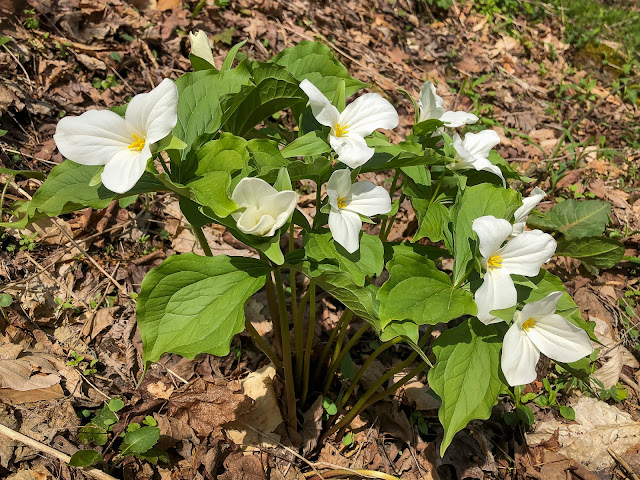Our first light cover of snow arrived the other day making it certain that summer's remnants are hard to find. Stepping out the door, I find the hardy Mountain Laurel coated with snow.
It will be many months before I can open the sliding door to see its branches covered with pinkish flowers. Winter will rule the days.
Stepping across the snow covered grass, I am happy to find some color remaining on my grape arbor. Its withered leaves so nicely echo the redwood stain on the arbor.
There are more remnants to find at the Kousa Dogwoood. The birds, chipmunks and grey squirrels have eaten all of the fruit, but to my surprise the leaves are still intact although not the once brilliant green. Can I call them wine colored?
My unplanned photo outing is surprising me with some nice gifts. Beneath the Kousa Dogwood in summer there is an abundant display of Oriental Poppies. The scarlet flowers now are a memory only, as are the hordes of bees. There are a few dried stalks with just two seedpods still (mostly) intact.
Closer to the house there is a large bed of Purple Coneflowers in summer. We leave the dried stalks standing for Goldfinches to feed upon.
My little explore around the morning's snow lasts only 24 minutes. (I know this because the camera records the day/hour/minutes/seconds of each image.) Finally, I return to the grapes. The rich leaf colors call me back. Seems to me the best is reserved for last.
I've traveled some great distances for many of my photos, but this little set is among the most enjoyable.
Paul




















































